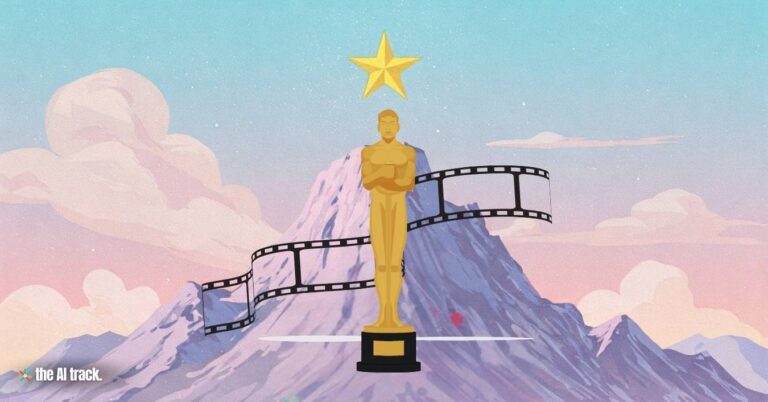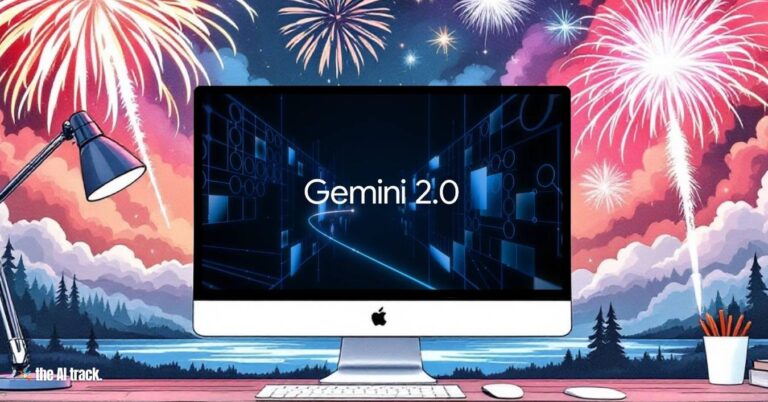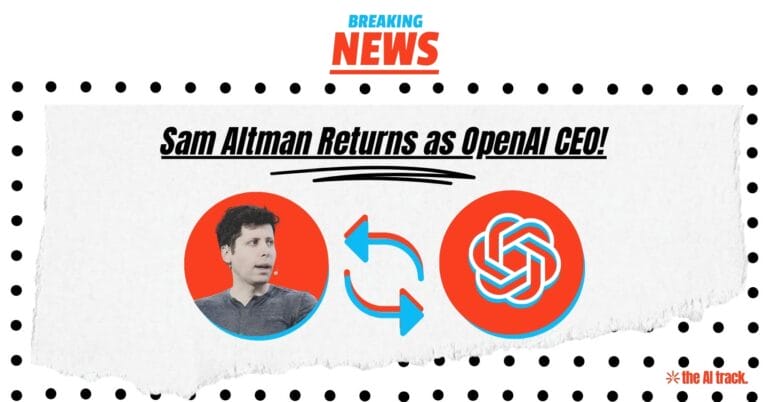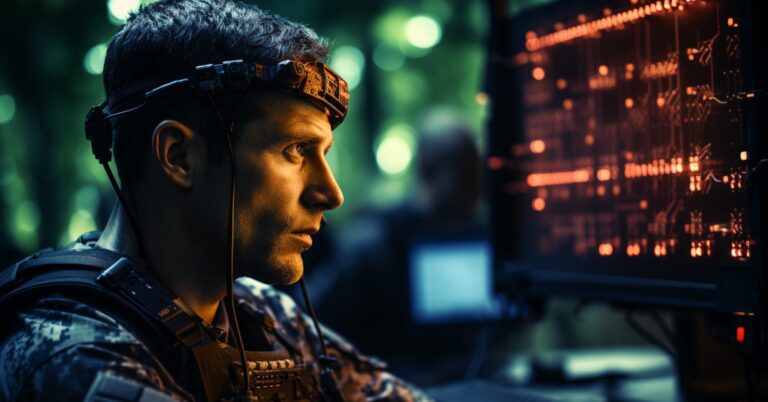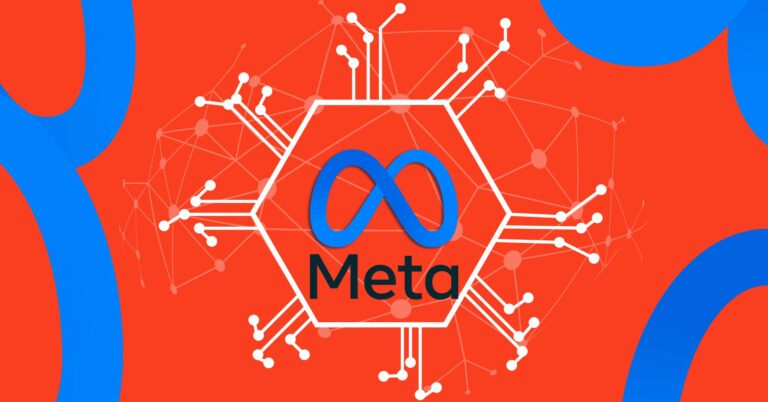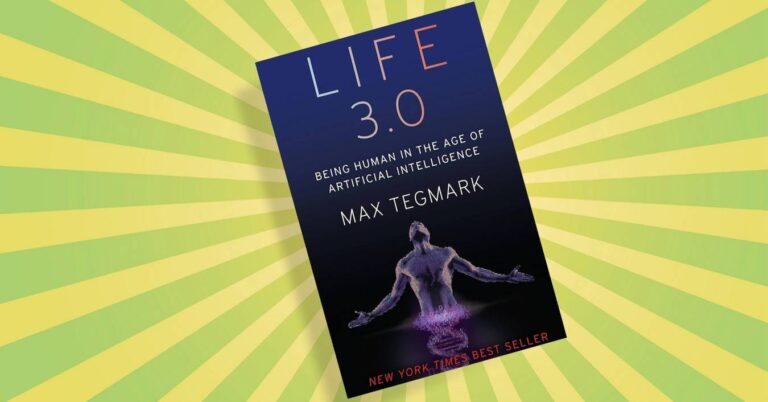Advancements in X-ray imaging and artificial intelligence have enabled researchers to virtually unroll a burnt Herculaneum scroll, revealing its contents for the first time since the 79 AD eruption of Mount Vesuvius. This breakthrough resulted from the Vesuvius Challenge, which incentivized the use of cutting-edge technology to decipher these fragile artifacts.
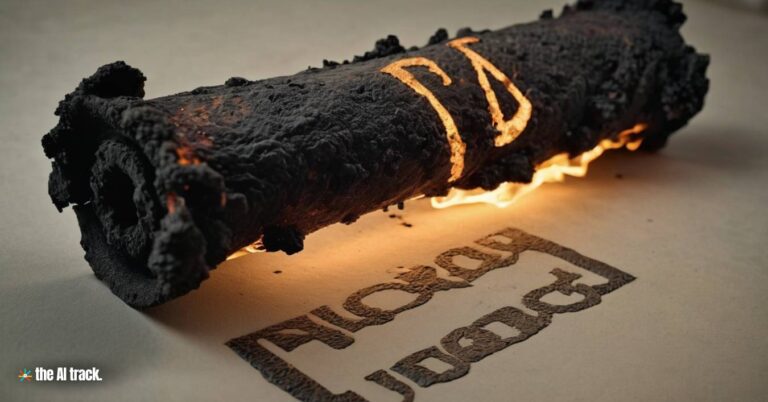
AI and X-Ray Technology Unveil 2,000-Year-Old Burnt Herculaneum Scrol – Key Points
- Discovery and Preservation: In the 1750s, hundreds of carbonized scrolls were unearthed in Herculaneum, a Roman town buried by Mount Vesuvius in 79 AD, alongside the better-known Pompeii. Researchers consider Pompeii to be one of the world’s most poignant archaeological sites, with many well-preserved items shedding light on ancient Roman life. The Herculaneum scrolls, which managed to survive Vesuvius’ eruption, are believed to have been housed in what experts believe was likely the house of Julius Caesar’s father-in-law. Due to their fragile, charred state, traditional methods of reading them were unsuccessful, leaving their contents a mystery for centuries. The burnt Herculaneum scrolls are rolled up, some being the size of candy bars. The vast majority of scrolls are held in the National Library of Naples.
- Technological Breakthrough: A collaborative effort between the Bodleian Libraries and the Vesuvius Challenge led to the successful digital unwrapping of the burnt Herculaneum scroll PHerc. 172. Utilizing advanced X-ray imaging at the Diamond Light Source in Oxfordshire, researchers produced a 3D reconstruction of the scroll’s interior. This marks a “historic breakthrough,” generating the first image of the inside of one of the scrolls. The Vesuvius Challenge involved scanning the artifact without physically unrolling it to prevent damage.
- Role of Artificial Intelligence: Artificial intelligence played a crucial role in distinguishing the carbon-based ink from the similarly carbonized papyrus. Scientists used AI to piece together images, search for ink, and enhance the text. By analyzing minute differences, AI algorithms identified and digitally “painted” the ink, revealing rows and columns of ancient text through a process called segmentation. The AI program was trained to read ink on both the surface and hidden layers of the opened papyri.
- Initial Findings: The deciphered text includes the Greek word “διατροπή,” meaning “confusion” or “disgust,” suggesting the scroll may be a philosophical work. The passages decoded also reveal the words of the philosopher Philodemus. According to Roger Macfarlane, a professor of classical studies at Brigham Young University, these passages reveal that Philodemus was “persuading the people who are listening to him to sort of relax, find good friendships, spend your time living in the moment and enjoying pleasures.” According to University of Kentucky computer scientist Brent Seales, co-founder of the Vesuvius Challenge, the scroll “contains more recoverable text than we have ever seen in a scanned Herculaneum scroll.” Despite the advancements, AI still has its limits and more scholars are encouraged to join in the effort to complete the text. The winning team in the Vesuvius Challenge read more than 2,000 “unprecedented” texts that spoke of sources of pleasure like music, the taste of capers, and the color purple. The three students from Egypt, Switzerland, and the USA shared the grand prize of $700,000 for revealing hundreds of words across more than 15 columns of text, representing about 5% of the entire papyrus. The general theme of the text in the burnt Herculaneum scroll is hedonism, where pleasure, correctly understood, is the highest good in Epicurean philosophy. The ancient Greek text reflects on how the availability of goods like food might affect the pleasure they offer, questioning whether rare items are inherently more enjoyable than abundant ones. The author also shares a farewell jab at opponents who “have nothing to say about pleasure, either generally or specifically, when it comes to a matter of definition.” One passage concludes with a hope to speak truthfully and understand clearly.
- Future Prospects: Researchers are optimistic about applying these techniques to other carbonized scrolls from Herculaneum. The success of this project opens new avenues for exploring ancient texts previously deemed unreadable. Peter Toth, the Cornelia Starks Curator of Greek Collections at the Bodleian, is hopeful that the technology can be made available locally to avoid transporting the two fragile scrolls to Diamond’s headquarters. There are approximately 1000 more scrolls in Naples. The challenge continues this year, aiming to read 85% of the papyrus and establish a foundation for reading all those already excavated. Richard Janko of the University of Michigan, a papyrus scholar and prize judge, anticipates that improvements in ink recognition will soon answer many questions about the text, including whether the author is Philodemus, a philosopher and poet, and whether the text is from his treatise on music.
Why This Matters: This achievement represents a significant advancement in the fields of archaeology and digital humanities. By combining cutting-edge technology with historical artifacts, scholars can now access and study texts that were long considered lost to history, offering new insights into ancient civilizations and their philosophies. The Vesuvius Challenge demonstrated the power of combining human expertise with machine learning, computer vision, and geometry to achieve what was previously thought impossible.
Discover the latest AI breakthroughs everyone should know. Explore insightful AI articles and analyses in our complete selection of articles.
Read a comprehensive monthly roundup of the latest AI news!


